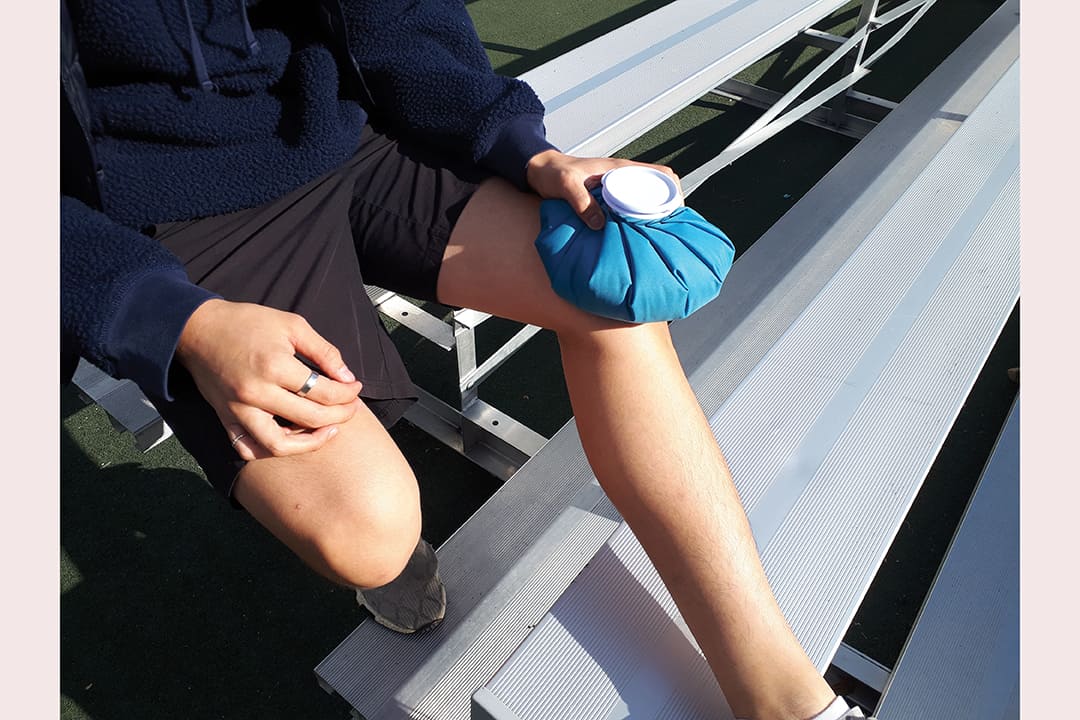Injury-prone lifters rejoice, because hope for better injury prevention methods has come! In a wasteland of one-size-fits-all approaches for avoiding slipped discs and torn ligaments, Timothy Burkhart, an assistant professor at the Faculty of Kinesiology and Physical Education, suggests that a greater degree of specificity in injury prevention can help those trying to avoid hurting themselves. His recent research utilized innovations in measuring technology to explore how differences in people’s constitutions demand different injury prevention techniques.
Burkhart has produced more than a decade’s worth of research, exploring how differences in race, sex, physical frame, and — perhaps most interestingly — psychology can contribute to different sports-related risk factors for injuries that call for different solutions.
When explaining his motivation for pursuing this research, Burkhart said, “I’ve always kind of felt bad for the athletes that got this label as being ‘injury-prone,’ like it was their fault that they kept getting injured, and always thought that there was something more to it.”
His work focuses on the biomechanics of injury and how people’s different movement profiles lead to idiosyncrasies in their specific approaches to sport, to keep their bodies running smoothly. “In terms of the injury prevention piece, I think we still have some work to do there,” said Burkhart. “There’s the biomechanics piece that we’re primarily interested in — that’s where my background primarily is — but we’re also starting to recognize that injury is a multifactorial, multivariable thing, and we need to integrate the biomechanics part of it.”
Burkhart’s research makes use of innovations in motion capture technology and machine learning that can collect data from video footage alone. Not only does this reduce the work needed to collect data, allowing for much larger sample sizes, but it also makes way for less invasive observation on the subject’s end. The use of this technology involves sampling from footage of athletes performing a given set of tasks and then making precise measurements of their movements. This process serves to identify minute differences between these movements to model how people’s movements vary and which movement profiles lead to injuries.
“[This is] a really great new, innovative technology because it means we can measure athletes in their own sporting environment much more easily,” Burkhart explained. “It’s much quicker to make these measurements and run our studies because it essentially just involves videotaping, and we don’t have to put any instrumentation on them.”
The hope for further research is to use new technologies to identify how different factors that are unique to individuals, such as having a distinctive frame or musculature, and their daily habits can provide insight into how to better cater to the specific needs of different people.
In practice, this methodology has been applied to the study of femoroacetabular, or hip, impingement, which involves excessive bone growth at the hip joint. The hip is a ball-and-socket joint where the femoral head — the top of the bone in your upper leg — slots into a cavity in the pelvis. Irregular growth there can cause pain and inflexibility and is most common in women. Burkhart is using the new motion-capture technology to look into why and how this happens to women.
Beyond the antiquity of a one-size-fits-all approach, other hurdles for effective injury prevention include a disconnect between researchers and athletes, whereby the latter often aren’t aware of breakthroughs in sports medicine. “Researchers need to do a better job of getting that information out,” remarked Burkhart. “Our hope is definitely that our injury prevention research… will have a really good pathway with our clinical collaborators to get that information out quickly.”


